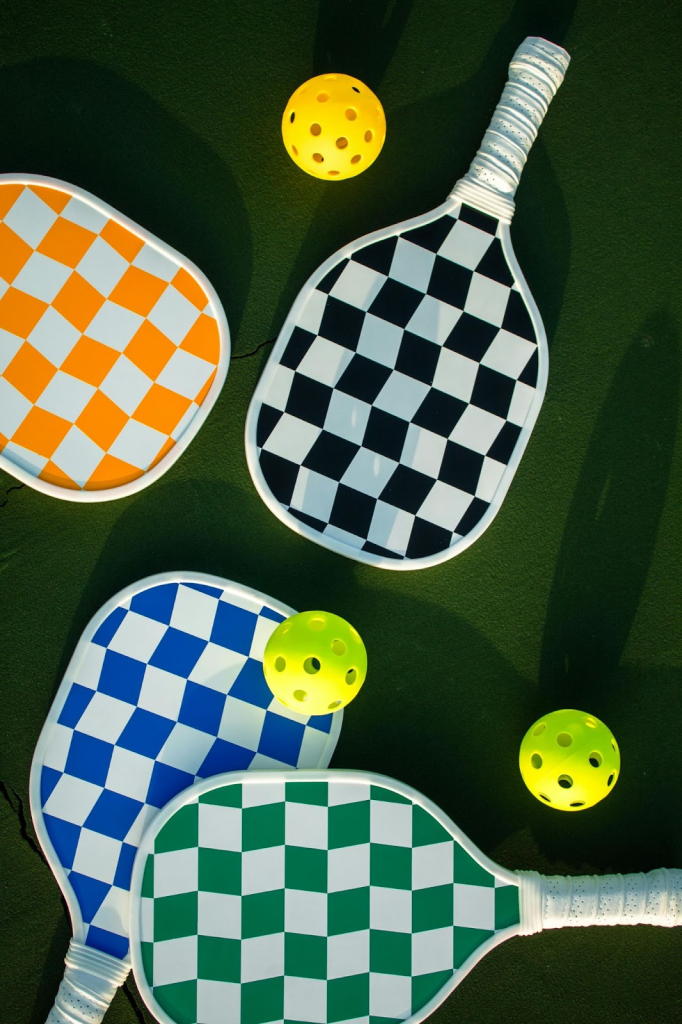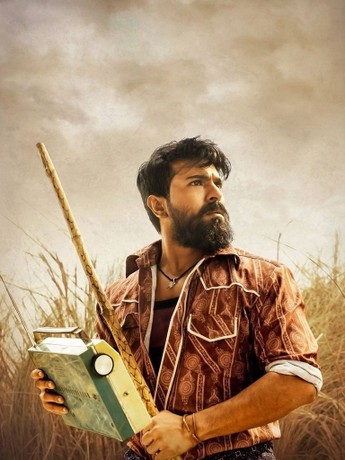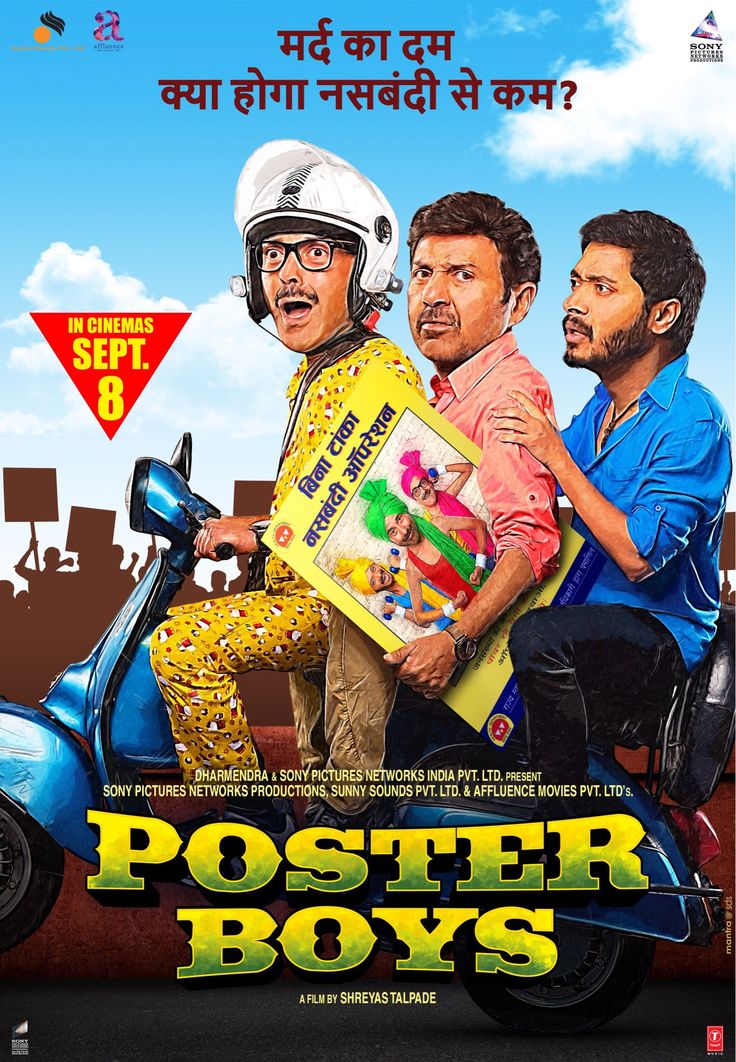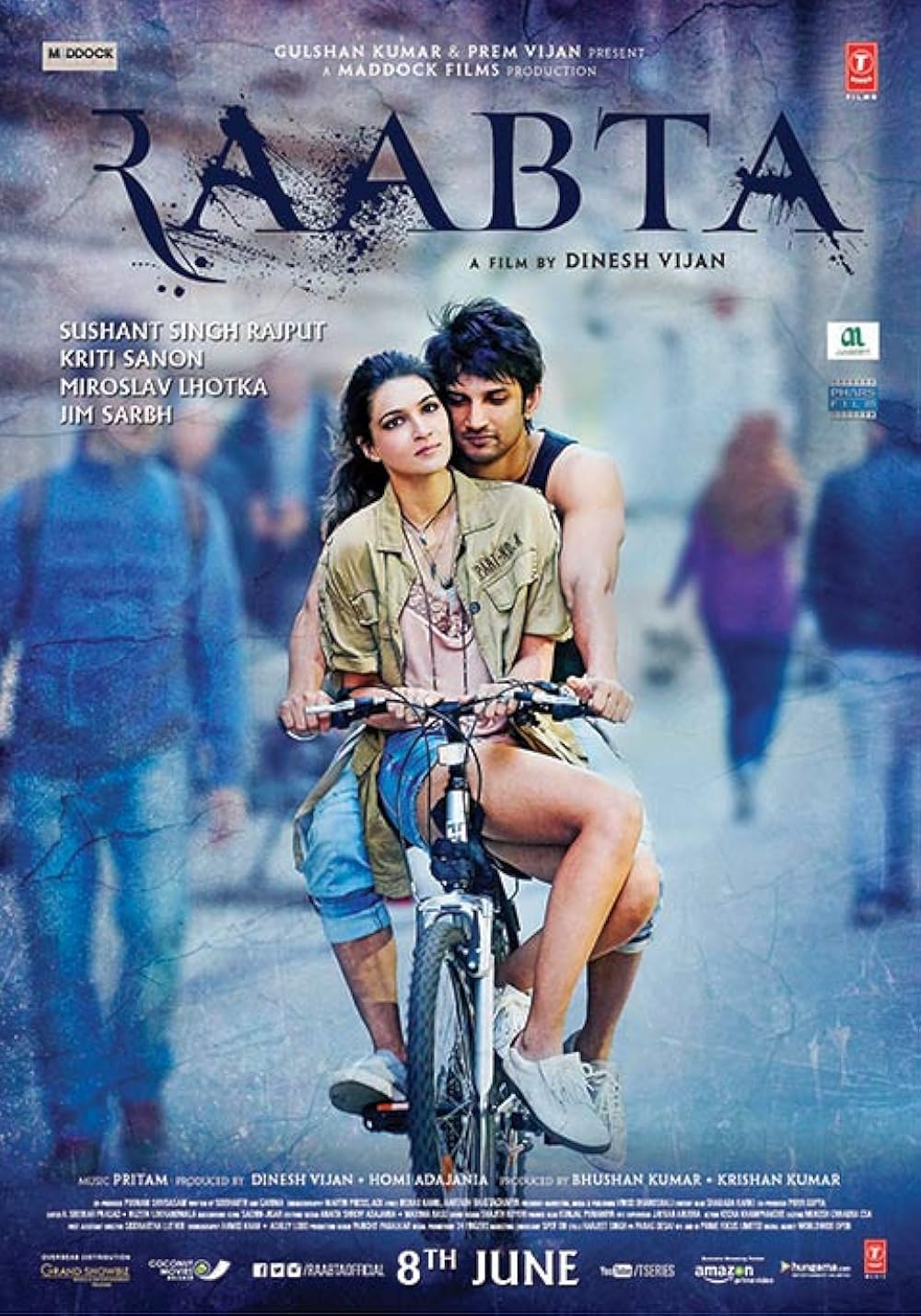
Pickleball is showing up everywhere—from neighborhood courts to international tournaments. A sport that once seemed niche is now pulling in players of all ages and backgrounds. Its rise is not just about the game itself but about the broader changes in how people approach activity, competition, and community. In some ways, it mirrors the fast growth of other simple pastimes, like playing online casino sic bo, where easy rules and quick sessions keep people coming back. The appeal of pickleball works along the same lines: it’s accessible, quick to learn, and rewarding right away.
How a Small Game Became a Big Deal
Pickleball started as a backyard experiment, a blend of tennis, ping pong, and badminton. For years, it stayed in the margins, popular among retirees and small local clubs. But something shifted in the past decade. Courts began popping up in cities, recreation centers, and even schools.
Why? Because the game filled a gap. Tennis can feel technical, and ping pong lacks the physical demand some players crave. Pickleball struck a balance. It uses smaller courts, lighter paddles, and a slower ball, which lowers the barrier for beginners. Yet the rallies can still get intense, offering enough challenge for those who want it.
Accessibility as a Driving Force
Sports often divide people by skill or physical ability. Pickleball reduces that divide. The shorter court makes it less exhausting. The rules are straightforward, so even those with little background in racket sports can catch on quickly. Families can play together. Older adults can stay active without the strain of running across a full-sized tennis court.
This inclusiveness is central to its growth. When a sport is easy to start, it spreads faster. Communities see it as a way to bring different groups together, from kids to grandparents. That social piece may be just as important as the physical one.
The Role of Community and Culture
Pickleball isn’t just exercise—it’s social glue. Players often describe the conversations, the post-game chats, and the casual meetups as part of the experience. It’s less about high performance and more about connection.
In a world where many activities are isolating—scrolling feeds, working remotely, or streaming shows—pickleball provides face-to-face interaction. The small court size even encourages communication, since players stand close to one another. This helps explain why the sport has grown so quickly in community centers and public parks.
The Competitive Edge
Of course, not everyone treats pickleball casually. Competitive leagues are expanding, and professional circuits are forming. The sport has begun drawing athletes from other backgrounds who see potential in mastering it. This has created tension at times—between those who view pickleball as a friendly pastime and those who see it as a serious sport.
Yet this tension may actually fuel growth. Recreational players keep the base wide, while competitive players push the sport into new territory. That dual structure mirrors other activities, where casual enjoyment and professional ambition coexist.
Why Now?
Timing matters. The rise of pickleball coincided with cultural shifts. People wanted outdoor activities that didn’t require huge investments of time or money. Courts can be built quickly, and games often last less than half an hour.
The pandemic years also played a role. With gyms closed and many sports on hold, pickleball offered a safe, outdoor option. Families tried it, neighbors joined in, and the momentum carried forward. What started as a stopgap became a habit.
What Pickleball Says About Modern Leisure
The growth of pickleball points to something bigger than the sport itself. People are searching for activities that combine movement, community, and accessibility. They don’t want to spend years training just to participate. They want a game they can pick up in minutes, but one that keeps offering depth as they improve.
It also reflects the blurring of age barriers in recreation. Sports once tied to specific demographics—like tennis for the young or golf for middle-aged adults—are giving way to games that cut across generations. Pickleball is a prime example.
Conclusion
Pickleball is not just a passing trend. Its global rise reflects deeper changes in how people approach sports and leisure. The blend of accessibility, social connection, and flexible competition makes it more than just another backyard game.
Whether someone is picking up a paddle for fun or chasing tournament wins, the draw is the same: it’s easy to start, engaging to play, and rewarding to repeat. That formula explains why pickleball has become more than a fad—it’s a movement shaping the way we think about modern play.






